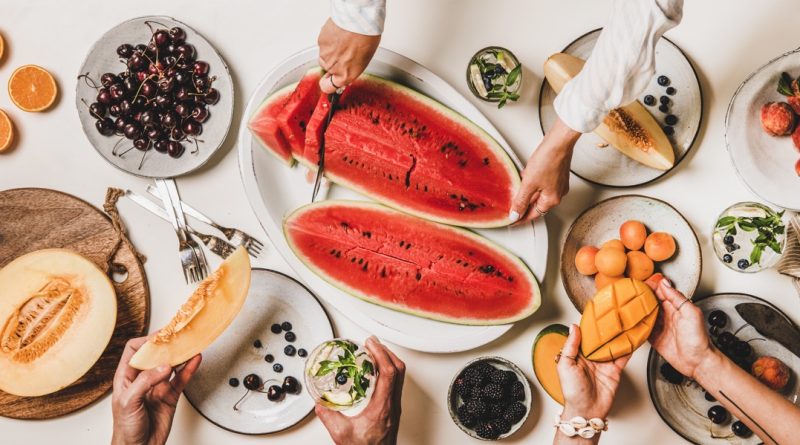A Guide to Traditional Japanese Cooking Utensils
Japanese cuisine, renowned for its emphasis on fresh ingredients and meticulous preparation, is deeply intertwined with the traditional cooking utensils used in its preparation. These tools not only facilitate the cooking process but also embody the cultural values and aesthetics of Japan. Understanding the essential elements of Japanese cooking utensils can enhance both your culinary skills and your appreciation for this rich culinary tradition.
Understanding the Essential Tools of Japanese Cuisine
Japanese cooking utensils are specifically designed to meet the unique demands of its culinary techniques. Each tool serves a distinct purpose that reflects the philosophy of Japanese cooking, which prioritizes simplicity and precision. Familiarity with these utensils can significantly improve the efficiency and authenticity of your cooking experience.
Many of these tools have been passed down through generations, often handcrafted by skilled artisans who dedicate their lives to perfecting their craft. This dedication to quality and tradition ensures that each utensil not only performs its function well but also carries a piece of Japanese heritage. Understanding the philosophy behind these tools allows cooks to connect with the cultural significance of their culinary practices.
Moreover, the use of traditional utensils can enhance the flavors, presentation, and overall experience of Japanese dishes. The right tool for the right job is paramount; whether it’s preparing sushi, ramen, or tempura, having the appropriate equipment can make a significant difference in the final result.
Key Features and Materials of Traditional Utensils
The materials used in traditional Japanese cooking utensils are typically chosen for their durability and functional properties. For instance, wooden utensils are favored for their natural insulating qualities and ability to prevent food from sticking. Bamboo, a common material, is lightweight and strong, making it ideal for items like sushi mats and steamer baskets.
Metal utensils, particularly those made from high-quality stainless steel or carbon steel, are celebrated for their sharpness and precision. Knives, or "hocho," crafted from these materials are essential in Japanese kitchens, allowing for clean cuts that preserve the integrity of ingredients. The versatility of these materials contributes to the unique characteristics of Japanese cooking utensils, making them integral to culinary practices.
Another important feature of these utensils is their thoughtful design, which often emphasizes aesthetics and ergonomics. Many traditional tools are not only functional but also visually appealing, reflecting the Japanese appreciation for beauty in everyday objects. This blend of form and function is a defining characteristic of Japanese craftsmanship, ensuring that each utensil is as much a work of art as it is a cooking tool.
Popular Traditional Cooking Utensils and Their Uses
One of the most iconic tools in Japanese cooking is the "hocho," or knife. Hocho comes in various styles, each tailored for specific tasks, such as the "deba" for fish filleting and the "nakiri" for vegetable chopping. The sharpness and balance of these knives allow cooks to perform precise cuts essential for the aesthetic presentation of dishes.
Another essential utensil is the "suribachi," a traditional mortar and pestle made from ceramic with a ridged interior. It is used to grind sesame seeds, spices, and pastes, which are foundational in many Japanese recipes. The design of the suribachi allows for efficient grinding while preserving the flavors and textures of the ingredients.
Lastly, the "donabe," a clay pot, plays a crucial role in preparing rice and stews. Its ability to retain heat and moisture makes it ideal for slow-cooking dishes, enhancing the flavors through even cooking. The donabe is not only a practical cooking vessel but also a symbol of communal dining in Japanese culture, as it is often used for sharing meals with family and friends.
Caring for and Maintaining Your Japanese Cooking Tools
Proper care and maintenance of Japanese cooking utensils are essential to ensuring their longevity and performance. Wooden utensils should be hand washed and dried immediately to prevent warping or cracking. It is advisable to periodically oil wooden items with food-safe mineral oil to maintain their luster and prevent drying out, which can lead to deterioration over time.
Metal utensils, particularly knives, require regular honing and sharpening to maintain their edge. Using a whetstone is the traditional method for sharpening hocho, and it is critical to follow the correct angle for the best results. Additionally, storing knives in a designated knife block or magnetic strip can protect their blades from damage and keep them easily accessible.
Lastly, ceramic and clay pots like donabe should be treated with care to avoid chips and cracks. They should be seasoned before their first use and cleaned gently with a soft sponge to maintain their surface integrity. Following these care instructions not only preserves the functionality of the utensils but also ensures that they continue to serve as beautiful and cherished tools in your kitchen.
In conclusion, traditional Japanese cooking utensils are more than mere tools; they are integral to the culinary heritage of Japan. Understanding their features, uses, and care methods allows both novice and experienced cooks to deepen their connection with Japanese cuisine. By incorporating these utensils into your cooking practices, you not only enhance your culinary skills but also honor the time-honored traditions that make Japanese cuisine so unique and revered.
